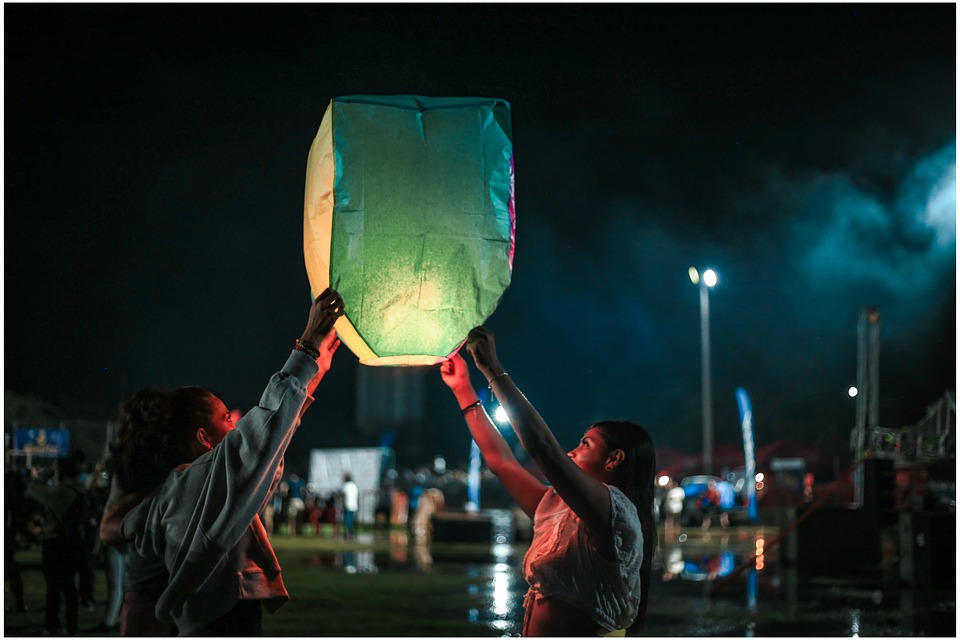Pushing Boundaries: The Role of Virtual Reality in Film Innovation
In recent years, virtual reality (VR) technology has made significant advancements and has found its way into various industries, including film. The integration of VR in filmmaking has revolutionized the way stories are told, providing audiences with immersive and interactive experiences like never before.
The Evolution of Virtual Reality in Film
Virtual reality in film is not a new concept, as filmmakers have been experimenting with the technology for decades. However, recent advancements in VR technology have made it more accessible and affordable, leading to a resurgence of interest in using VR as a storytelling tool.
VR films allow viewers to step into the action and experience the story from a first-person perspective, blurring the lines between reality and fiction. This immersive experience has the potential to create a stronger emotional connection between the audience and the story being told, making it a powerful medium for filmmakers to explore.
Breaking Traditional Boundaries
One of the key benefits of using virtual reality in filmmaking is its ability to push the boundaries of traditional storytelling. By allowing viewers to interact with the environment and characters in the film, VR films can create a sense of agency and presence that traditional films cannot replicate.
Filmmakers have the opportunity to create unique and innovative experiences for their audience, freeing them from the constraints of traditional narrative structures and linear storytelling. VR films can be nonlinear, allowing viewers to explore different aspects of the story at their own pace and in their own order.
Creating Immersive Worlds
Virtual reality technology allows filmmakers to create immersive worlds that can transport viewers to different locations, time periods, and dimensions. VR films can take audiences on a journey through space, underwater, or even inside the human body, providing a truly immersive and unforgettable experience.
Through the use of 360-degree cameras and spatial sound technologies, VR films can create a sense of presence and immersion that traditional films cannot achieve. Viewers can look around in any direction and feel like they are truly a part of the world that is being presented to them.
Enhancing Audience Engagement
Virtual reality in film has the unique ability to enhance audience engagement and foster a deeper connection between viewers and the story being told. By allowing viewers to actively participate in the story, VR films can create more meaningful and impactful experiences that resonate with the audience on a personal level.
Audiences are no longer passive viewers but active participants in the storytelling process, making choices and interacting with the environment and characters in ways that can shape the outcome of the narrative. This level of engagement can create a more profound and memorable experience for viewers, making VR films a powerful medium for storytelling.
Challenges and Future Potential
While virtual reality technology has the potential to revolutionize filmmaking, there are still challenges that need to be overcome. One of the main challenges is the cost and technological requirements of creating VR films, as well as the limitations of current VR headsets and equipment.
However, as VR technology continues to evolve and become more accessible, filmmakers will have the opportunity to explore new creative possibilities and push the boundaries of traditional filmmaking. The future of virtual reality in film is bright, with the potential to create groundbreaking and transformative experiences that will redefine the way stories are told and experienced.
In conclusion, virtual reality technology has the potential to revolutionize the film industry by pushing the boundaries of traditional storytelling and creating immersive and interactive experiences for audiences. With advancements in VR technology and the creative vision of filmmakers, the possibilities for innovation and experimentation in VR filmmaking are endless. Virtual reality has the power to transport audiences to new worlds, engage them in unique and meaningful ways, and create experiences that will leave a lasting impact on the viewer. Filmmakers who embrace virtual reality as a storytelling tool will have the opportunity to create groundbreaking and transformative experiences that will shape the future of cinema.



